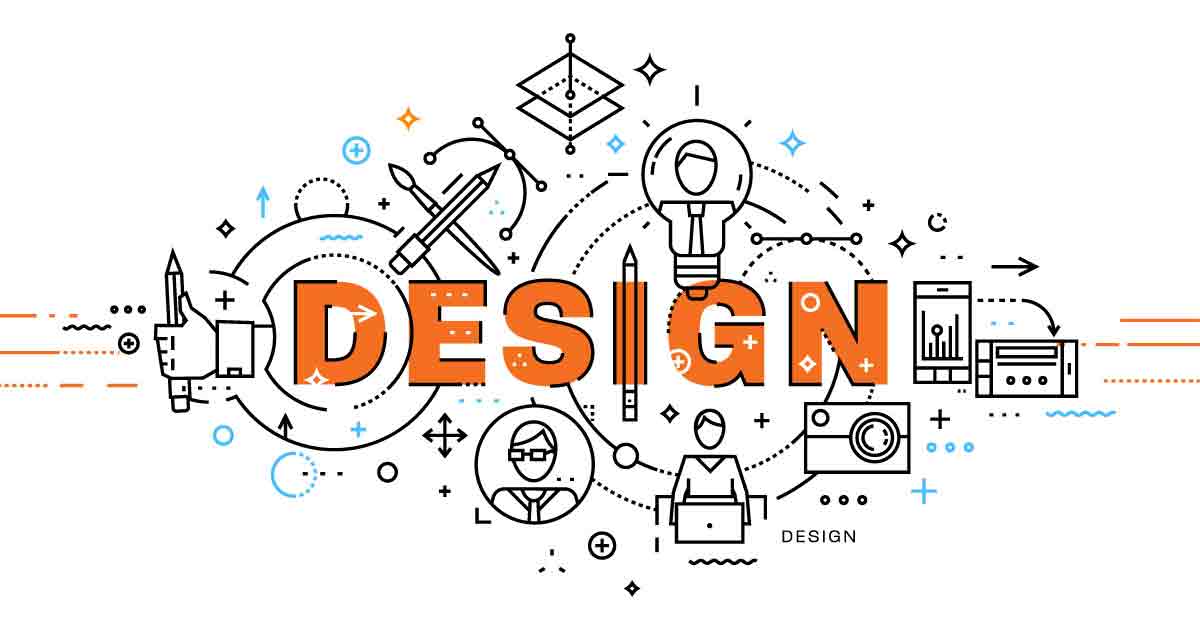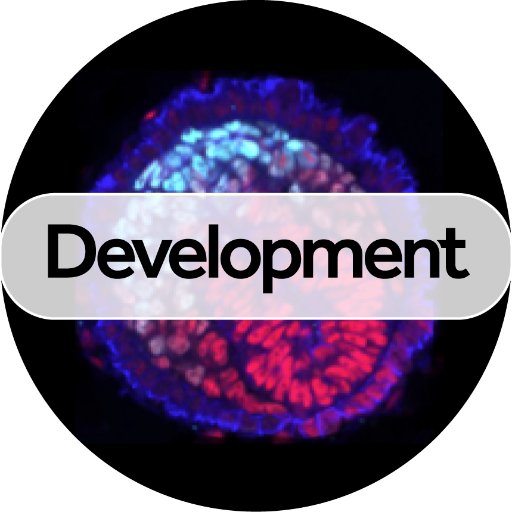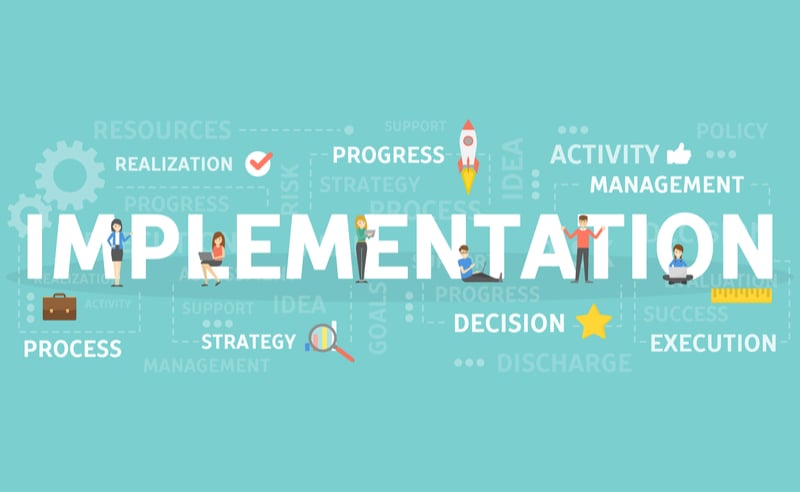The ADDIE model of instructional style is utilized by several instructional designers throughout the entire world for part of their online and offline learning periods. Here we will pay for the whole ADDIE model but ahead of understanding everything it is ADDIE version we’ll first have to jump into what instructional design variations are all?
WHAT’S IN IT
What are instructional design models?

Firstly, Instructional design models provide frameworks and guidelines to designers. Secondly, With these guidelines, they can build their training programs or course carefully.
An instructional design model is based on teaching scenarios it provides guidelines and frameworks so designers can build their training routine and the only aim of this is to achieve instructional goals so trainees can gain knowledge and then retain it for their lifetime.
Thus, when tutorial designers will need to decide on the specific steps due to his or her coaching procedure they flip into tutorial design versions like the ADDIE version. Currently, there are approximately 25 tutorial designing methodologies all around the globe. Whereas a number of these Absolute Most employed techniques are:
- ADDIE Instructional Model
- The Kirkpatrick instructional Model
- Dick and Carey Instructional model
- Assure instructional Model
- TPACK instructional model
- Gerlach-Ely instructional Model
All of these instructional models have the elements that all instructional design models should consist of. These are –
outcomes that are valid, measurable, and reliable.
clear and well-defined goals.
Designers should keep data empirical.
There should be an effort by the whole team.
Ability to solve real-world application problems.
Now after we have covered to this far, now let us jump into what is ADDIE model:
Also, the purpose of the ADDIE model is to help educators. Above all, It ensures that they are teaching inappropriate manner and the appropriate material.
The ADDIE instructional model is the model that is designed to develop curriculum in various branches of education like online education, offline education, and library instruction.
To earn an activity sleek, we now trace exactly the ADDIE version. This version includes Evaluation, Design, Development, execution, and analysis.
What does the word ADDIE Model mean?
A – Analysis
D – Design
D – Development
I – Implementation
E – Evaluation
A – Analysis Phase

The primary phase of every content development process should consist of Analysis. The word Analysis generally means gathering task-related information such as audience, interest and classifying it. This helps to make content more effective and relevant.
For Example, Assume yourself in the position of an instructional designer. Who has to create a course on human behaviour towards uncomfortable jobs. How would you move forward to it? You would have many questions. Probably the first thing you would question is –
Is there any need for the course or training program?
What is the objective or goal of the course?
What kind of jobs does human prefer?
These are the three main points from the Analysis phase.
Firstly, This phase clarifies the problems like instructional problems, objectives, need of the course, Audience, and identifies the learning environment.
Secondly, Analyzing Tasks to determine the goal and establishing the objectives of the course or training program.
Audience Analysis to determine the audience’s demographics, psychographics, and entry-behaviour.
Finally, These Analyses are essential for creating effective courses and training programs.
Also you can read our Blog on What is SWOT Analysis? How to do SWOT Analysis?
D – The Design Phase

Designing is the second phase of the ADDIE instructional model. In this phase, you begin to make sense of the information that you have collected or you already have with you.
In the D phase that is the Design phase. To create content we should use instructional design theories and models. The design of the course should tell the audience how would learning transfer.
In the context of our analyzed data, the design process can include activities like writing the goal of the course, breaking the course into smaller modules, determining the activities required to provide support, reinforce and assess the learning.
Thus from our analysis, if we came to know that our object, for example, a student can concentrate maximum for 15 minutes at a time. Then none of the activity will be more than 15 minutes allowing them to re-concentrate after a short break.
D – The Development Phase

The third phase of the ADDIE model that is the ‘Development phase’ is more oriented to content development in the E-Learning courses and training programs.
Materials for Classroom training should be developed or created, while classroom mentors or teachers should develop their study material in detail.
Let us explain this with the help of an example. Consider you are trying to teach a group of 20 students. All the students would have a different ability to learn and grab things.
Students get things in the process of teaching. The other student understands when he practices it himself. Whereas the other one understands when he has trained again and practices it himself.
Depending on the pace of students the course material should be oriented. For Example, If the student does not understand a lecture in one go. Then the course objective should be developed in such a way that the student can re-listen to the lecture. While the one who understands it in one go can move to the next objective.
In the context of content creation the development to the preparation of content and making it ready for the audience. In the case of our dear students. You can develop the content according to the time frame.
You would develop the content by creating the trainer’s manual, the student’s manual, and the PowerPoint presentation in such a language that is understandable by all, for example, a universal language that is English or of a particular regional language such as Hindi.
I – The Implementation Phase

When our content is ready, we simply implement it. Classroom training is done in the classroom. Where teachers and students interact physically. Whereas E-Learning is done when student and teacher access from Computer or Mobile.
In the case of classroom implementation, the trainer should use adequate instructional design and principles. Ensuring that the complete and effective transfer of knowledge is transferring to the students.
The student audience with their short attention span can be a real challenge for the teacher. Thus, in addition to using instructional effective training material, the trainer will have to think on her feet and use ID principles to generate relevant examples and activities on the fly.
E: The Evaluation Phase

Evaluation, You know how we’ve got this fetish for evaluating everything – including courses and training. The competitive spirit of humans wouldn’t let us exit without the grand finale – the Evaluation!
The main reason for evaluating training programs and courses is to improve them by addressing the issues faced by the audience. Another important reason for evaluating the training effectiveness is that the training department needs to provide data on how their course or training programs improve the organization’s profit. Evaluation helps to establish the usefulness of a course and the training program.
Evaluation comes in two variations that are: Formative Evaluation and Summative Evaluation.
Formative Evaluation
Formative Evaluation- With the help of formative evaluation glitches and problems in the training program or course can be determined.
This is a pre-implementation activity many times a mock implementation is done for formative evaluation. For the course that we created for the students, we could conduct a formative evaluation by asking why is there a need for a leader in the company or asking several people what is the summary of the course.
Summative Evaluation
To determine the effectiveness of the training program summative Evaluation is done. The most popular model for conducting Summative Evaluation is the ADDIE Model.
I believe that the ADDIE instructional model is the most logical and the most generic model and the most adaptable Content Development Model till now. Get creative, use your logic, and carve out your development model from ADDIE.
Conclusion
ADDIE version is it isn’t hard to work with plus it might be implemented to some program that educates skills, knowledge, or approaches plus this is regarded whilst the bonus of ADDIE type.
However, no matter the model an extensive, organized way of program development may help teachers in fulfilling the desires in their students. An upcoming analysis can track no matter whether you’ll find developments into this individual results for a consequence of the intervention that is educational.
You may even make feedback forms and surveys to find proposal from students throughout the program. Most of this info will talk into the research period again therefore that you can always boost and find the most useful results out of the own course or instruction plan.
FAQ’s
It is the first phase of the ADDIE Model and it is required to know or determine the need for training program.
One of the best ways to implement the ADDIE model is tracking the movement in stages like our old ways by keeping a pen and paper or can simply do it with Trello which offers to track the movement in stages.
To orient around analysis we need to develop a course overview such that what will be in the course and how will it deliver.
Development in the ADDIE model is required to create content.
In the year 1975, Florida State University introduced the ADDIE Model.



